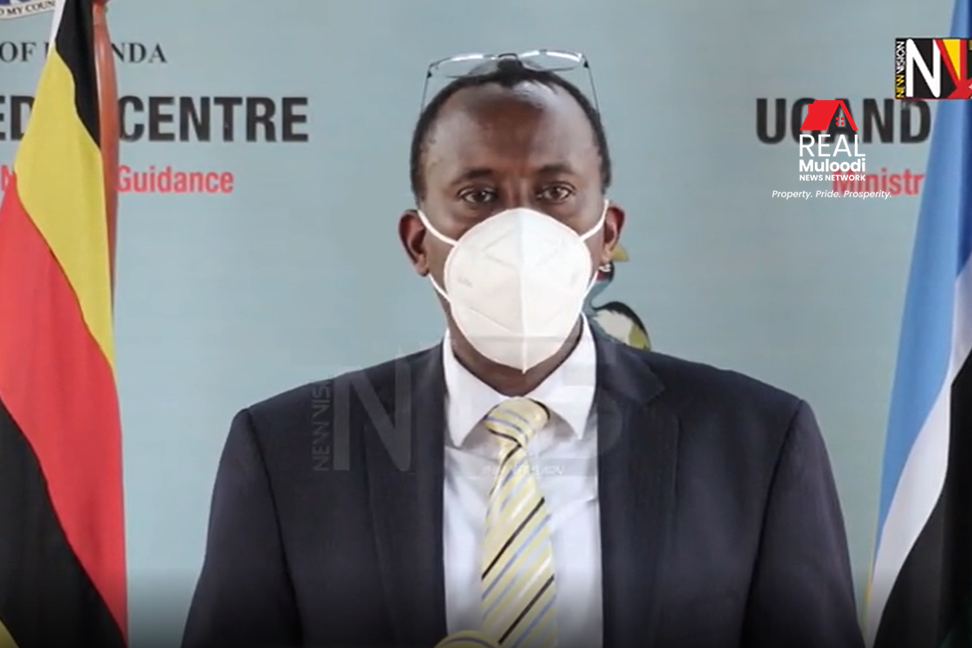UGANDA, Kampala | Real Muloodi News | The Uganda Revenue Authority (URA) Commissioner General, John Rujoki Musinguzi, estimates only 8 per cent of landlords are in compliance with their rental tax obligations. However, he says this is about to change as URA deploys Rental Tax Compliance System (rTCS), in a move to enhance tax compliance among rental property owners.
rTCS is a software application used to determine the highest priority individuals or corporations likely to be underpaying their rental income tax obligations. Through intricate data analysis, the technology integrates various data types from selected Ministries, Departments and Agencies (MDAs), matching properties in the Greater Kampala Metropolitan Area to their owners on the URA tax register.
During the initial rTCS pilot, URA identified 88 high-income, non-compliant landlords in Greater Kampala and their associated properties, totaling 285 properties. The non-compliant property owners included those with no tax identification numbers (TINs), those who claimed no rental income and also those who have not filed tax returns in the last five years.
The URA is investigating each of the identified taxpayers by employing various analytics to prove occupancy for the last five years.
One method of proving occupancy is through utilities usage. In July this year, URA announced they are using Yaka metres to track landlords, thanks to the Electronic Fiscal Receipting and Invoicing Solution (EFRIS). Ian Rumanyika, Manager Public and Corporate Affairs at URA, said the tax body could determine the year any building was built depending on when they installed the utility meters, because Yaka meter numbers are issued in sequence.
When addressing the issue of landlords not paying rental income tax, John Rujoki Musinguzi said, “The low level of compliance among landlords is unfair to other compliant taxpayers from other sectors of the economy. The trend also significantly reduces the much needed revenue required to enable government services to the citizens. With the roll out of the rTCS, this trend is set to change for the better.”
Musinguzi further reminds other non-compliant landlords to take advantage of the Voluntary Disclosure programme before the rTCS identifies them. The Voluntary Disclosure programme provides an opportunity for taxpayers to voluntarily declare their outstanding tax obligations and pay the principle tax in exchange for a waiver of interest and penalties accruing thereto.
However, according to a credible inside source, time may be running out for landlords to voluntarily disclose. According to the source, the rTCS technology has demonstrated ultra-potent capabilities to identify non-compliant landlords, and investigations have already begun for a further 2000 non-compliant taxpayers and their associated properties identified through rTCS.
The rTCS technology has been developed under contract by RippleNami Uganda with the guidance of the Ministry of Finance and the URA. Other MDAs participating in the development and optimization of this technology include the Ministry of Local Government, Ministry of Lands, Housing and Urban Development; Kampala Capital City Authority, National Identification and Registration Authority, National Water and Sewerage Corporation, National Information Technology Authority, Uganda Communications Commission and the Uganda Registration Services Bureau.
If you have real estate related news that you would like featured on Real Muloodi News Network, contact us via email at support@realmuloodi.co.ug
READ MORE LIKE THIS:
Government Taxes Are Not To Blame for Rising Rental Rates in Kampala



